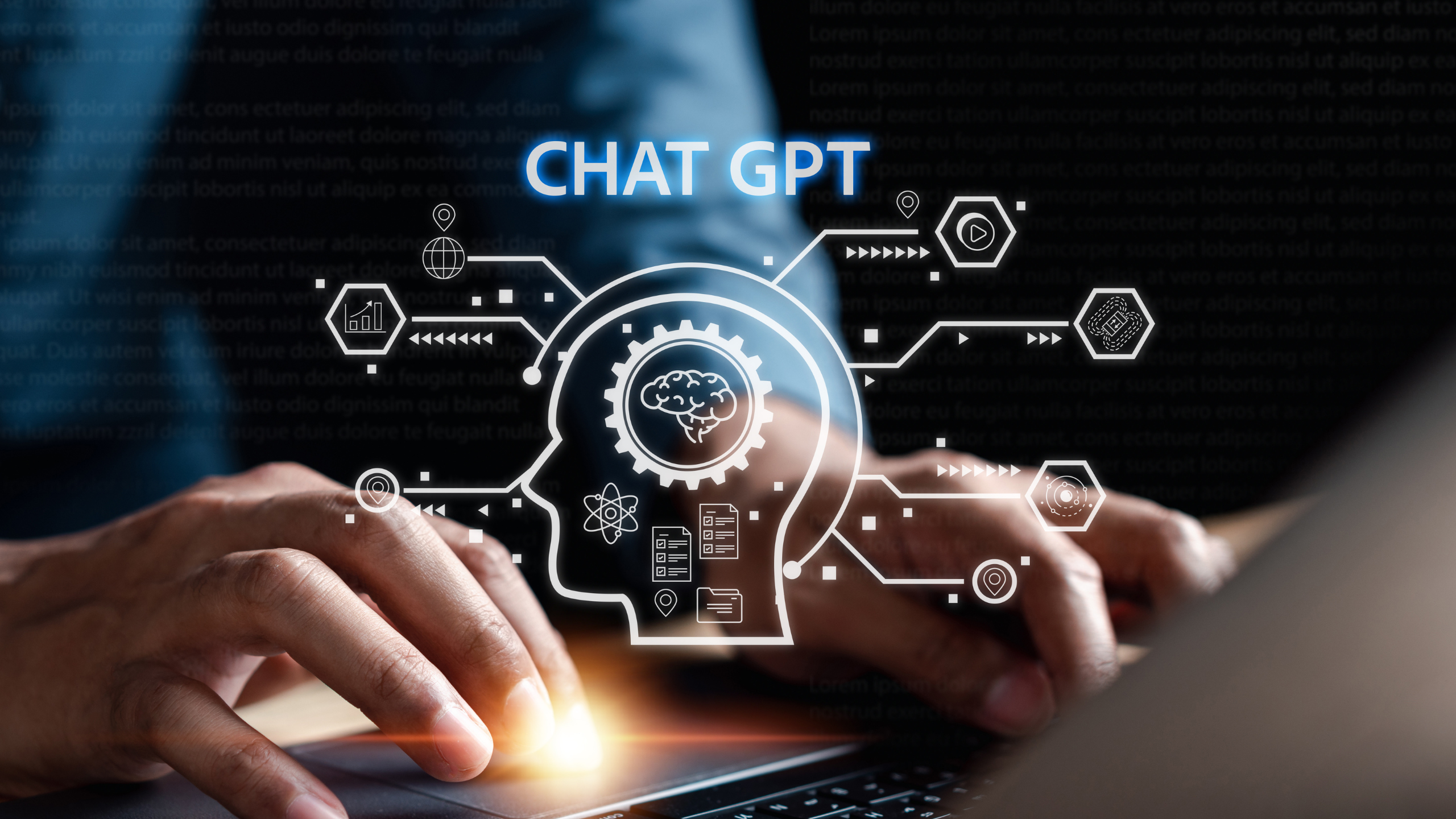BlueSoft advancements in the ACCORDION project

Recently, the BlueSoft research team, together with consortium partners, completed Work Package 5 in one of its flagship innovation projects – ACCORDION.
The main aim of ACCORDION is to establish an opportunistic approach in bringing together edge resources/infrastructures (public clouds, on-premise infrastructures, telco resources, even end-devices) in pools defined in terms of latency to support NextGen application requirements.
Work Package 5 focuses on defining processes and providing the necessary tools to deploy applications across the ACCORDION platform efficiently and adequately.
The work within WP5 is based on close collaboration with use case owners, whose specific requirements influenced elements such as the QoE model, DevOps process, and application model. After the analysis of individual task scopes and based on the results of work in other work packages (WP2, WP3, WP6), the partners started the implementation in individual tasks.
GUI ( Graphical User Interface)
One of the most important components developed during task 5.5 of the project is the GUI (Graphical User Interface). It is a web application that empowers ACCORDION users to access the required functionalities via an easy-to-learn and use interface. GUI makes use of a role-based access control mechanism based on the GitLab authenticator. It allows secure access to the dashboards according to the role of the GUI user. It also provides monitoring diagrams using real-time and historical data in order to inform the user about the status of ACCORDION’s physical and virtual machines, as well as applications deployed on these machines. This allows users to make better real-time decisions.
QoE (Quality of Experience) model
The aim of this task was to develop a QoE prediction model for each use case of the ACCORDION project. The obtained QoE models will be used in the design of QoE-driven resource allocations through the adaption of application parameters such a sync rates or for network management strategies, i.e., by migrating users to a new cloud-edge server for the targeted use cases. The model development required creating of a large dataset that consisted of quality ratings of relevant quality aspects, e.g., interaction quality and immersion, for a broad range of network and application parameters. In conjunction with the requirement specifications described in D.6.2, the team identified the initial resource and network conflicts, limitations, and constraints of each targeted service. As the use case applications still required improvement and integration into the ACCORDION framework, the team built a large-scale dataset for seven online mobile games already at the beginning of the project. This dataset was created to derive an initial QoE model for the ORBK use case, given that high diversity in content would strongly improve the generalizability of a model. Based on the data, an impairment factor QoE model was developed, and an implementation using Phyton was made available within D5.2. Parts of the model were successfully published at a scientific conference, and the entire model was presented at the ITU-T SG12 standardization meeting. However, due to the Covid-19 pandemic with the increase of high infection and stricter restrictions in Europe, the subjective tests for OVR and PLEX applications had to be postponed until the situation allows carrying subjective experiments in the controlled but closed laboratory rooms.
One of the major decisions in this part of the project was the implementation of TOSCA standards as optimal for creating ACCORDION application models. Harakopio University produced and extended the TOSCA grammar as a part of its task. In order to test deployment files, developers implemented synergy between Application Bucket (WP5), Orchestrator (WP4), Converter, and VIM (WP5).
More specifically, BlueSoft led the WP5 titled “application management framework” as a use case owner and coordinated work by setting up meetings, carrying out tasks review, generally managing work in the work package. Additionally, BlueSoft took part in the development of Graphical User Interface (GUI), from initial assumptions to the choice of front-end technology.
WP5 consisted of the analysis of possible tools for DevOps process management (GitLab, Jenkins, Docker, etc.), preparation of the initial concept of a process based on requirements defined by the use cases owners (ORV, ORBK, PLEX), as well as preparation of the component responsible for managing submitted applications (Application Bucket), together with its development and integration with other components created as part of ACCORDION.
- During more than one year of the project’s lifetime, the consortium prepared two major reports called deliverables:
The first one was lead by Harakopio University and entitled “Application management framework.” It describes advancements achieved in the first phase of the project. It consists of a prototype of identified software components and models, including DevOps and Quality Assessment, required to meet ACCORDION application developer requirements. It summarizes the methodology and highlights the work carried out by each of the five tasks done during the first year. - The second report entitled “Application management framework implementation” was lead by BlueSoft and provides software documentation of the released components developed within the scope of Work Package 5. It also contains detailed information on the files structure, installation procedures, and manuals for each component.
The tasks listed above have been carried out in close collaboration with our project partners: Harakopio University -Greece, Technical University Berlin, CNR- Italy, ICCS- Greece, TID- Italy, and AALTO University.
What Can We Do For Your Business?




